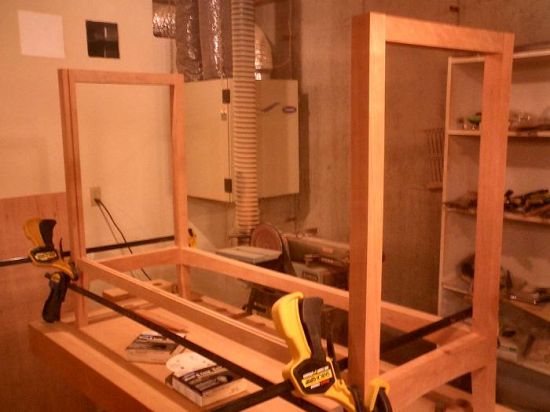Julio’s been writing about podcasting for (seemingly) ever — and i didn’t read any of the posts until today when he pointed folks at this great 4 Minutes About Podcasting movie.
NOW I get it!
Amazing — all of the “tell your own story” ethic of community radio, combined with all the cool “build your own feed” capability of RSS feeds, which results in “radio” that’s going to show up in Google.. If you’re a community-radio type person who hasn’t messed around with podcasting, go watch that movie — and then let your imagination run wild. I’m sitting here thunderstruck, realizing what the possibilities are…
What an amazing community technology. For example; you’re an organizer of (fill in the blank), laboring away in your local community. Wouldn’t it be cool to be able to hear an occasional “show” about your cause, direct from the mouth of your inspirational mentor? If you’re an inspirational-mentor type person, wouldn’t it be great to periodically share your “show” with others?
Or, if you’re more like the typical community-radio programmer, wouldn’t it be great to reach the .0003% of the population of the planet who shares your passion about (fill in the blank)? Conversely, wouldn’t it be great to listen to shows produced by people who exactly share your tastes and views?
Mama, don’t let your babies grow up to be broadcasters. Their days of being in any way relevant are numbered.
This one totally nifty technology. Thanks Julio for pointing me at the link that finally turned the light bulb on. I’m going to add useful links “below the fold” as I explore — to see that stuff, hit the “read more” button.
Bandwidth — A puzzler
The community radio movement was all about access to limited bandwidth (in our case, noncommercial FM channels). Podcasting is going to present an interesting bandwidth problem for the person with a really popular podcast — it’s going to slurp up a lot of bandwidth to deliver a 50 mByte file to thousands (millions?) of fans that are hungry for your stuff. Looks to me like we’ll need to marry BitTorrent with podcasting pretty soon now.
I’m really interested in the “how do you do it?” part of podcasting right now, so that’s what this first collection of links reflects.
Engadget provided a great starting point on this page about podcasting.
Creating podcasts is pretty straightforward — make a radio show, but pipe it off to an MP3 file when you’re done. I was Googling for “make a podcast” and got zillions of articles about how to make digital radio shows — lots of talk about mixers, and line-inputs-to-the-computer, and like that.
What I’m interested in right now is the RSS feed part — and the very last part of that Engaget article is what tipped me over to understanding. It all revolves around the notion of an “enclosure” in an RSS feed — something that most blog-creating software doesn’t grok yet, but I bet all off them will soon.
I think for now I’ll try just editing up my own RSS feed by hand rather than trying to force-feed Xoops (the software I’m using to create this blog). I’m going to use the XML file in the Engadget article as a template, build me a little “hello world” podcast and see how I do. But not right away. First I gotta finish helping Marcie lay down flooring in the upstairs room at the farm.





